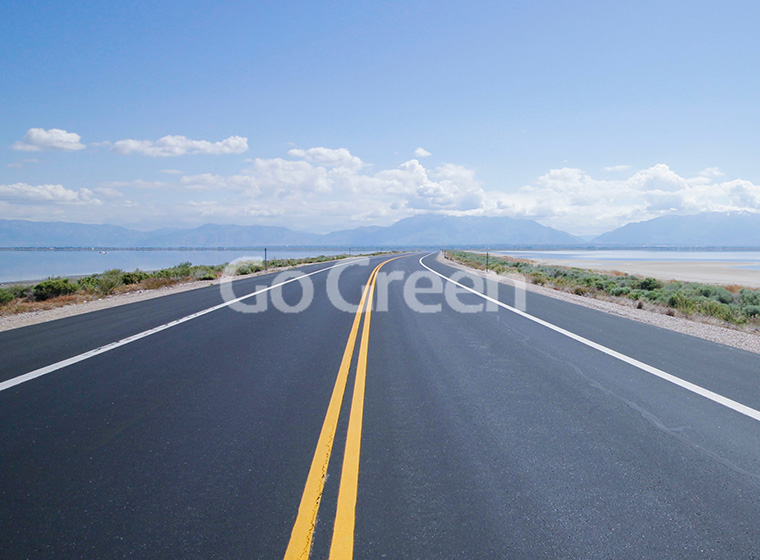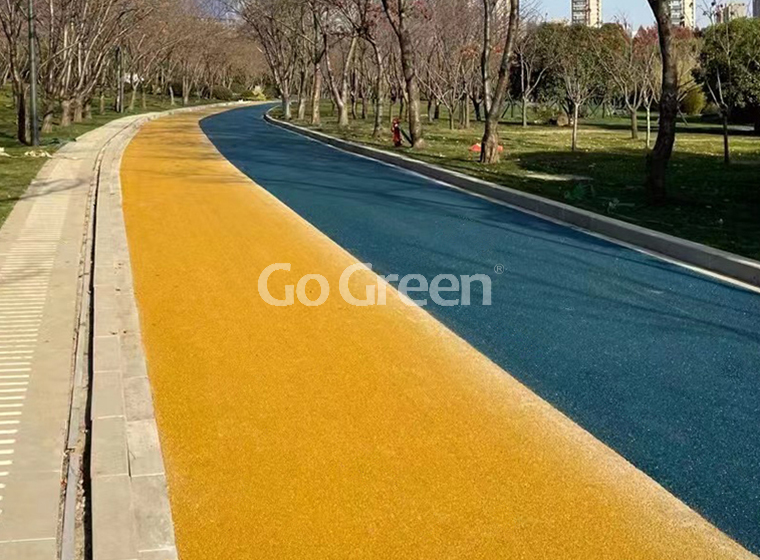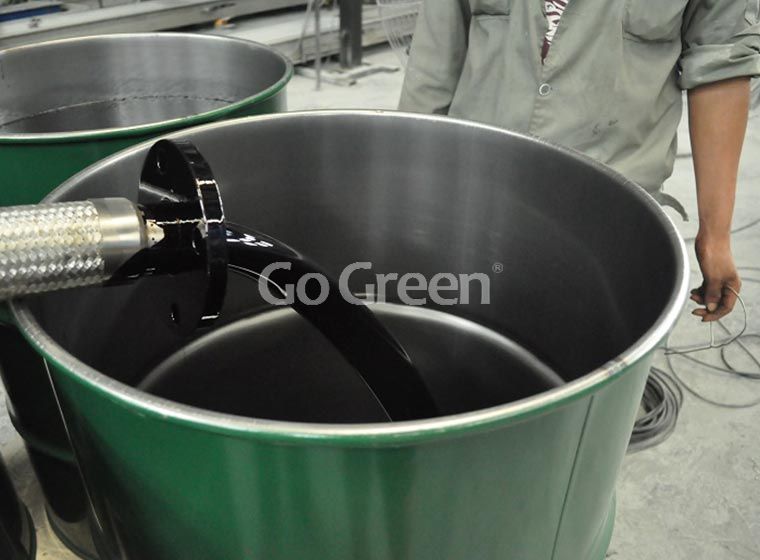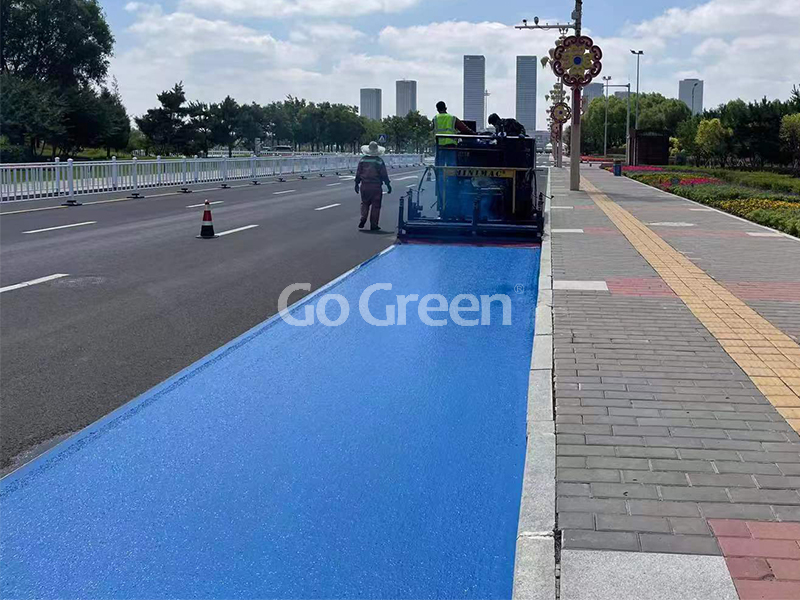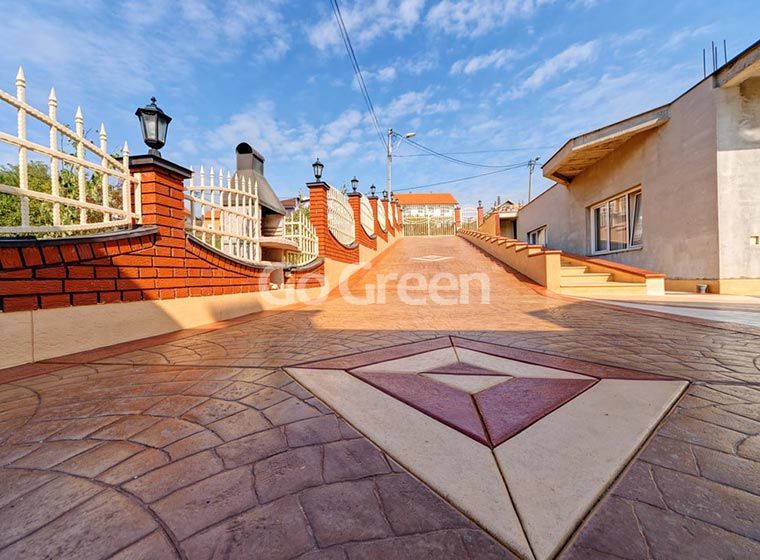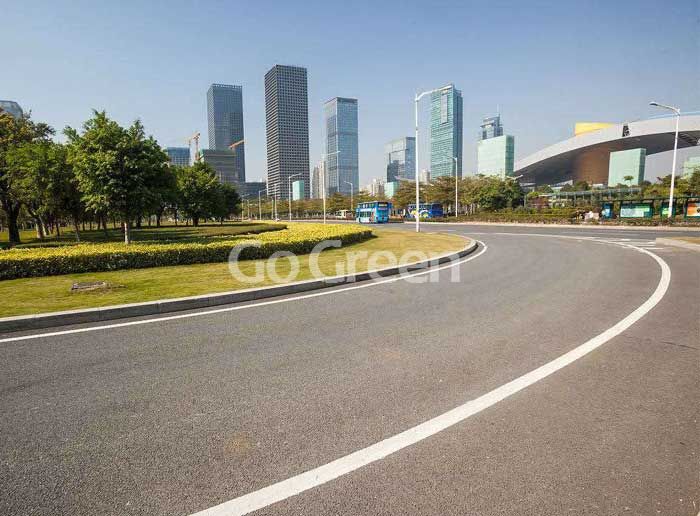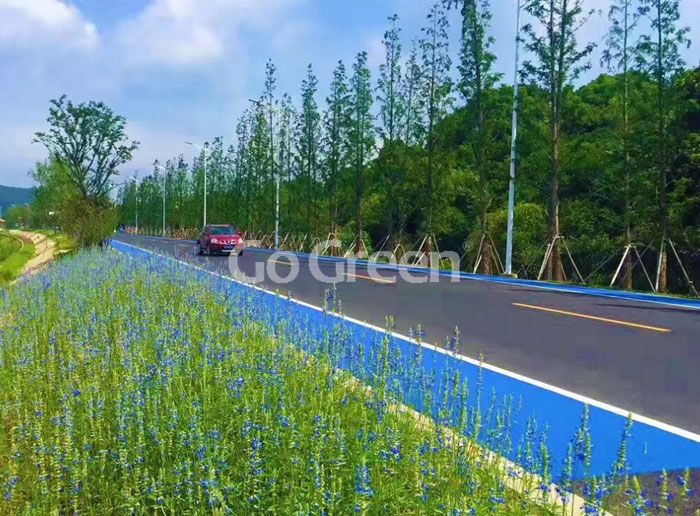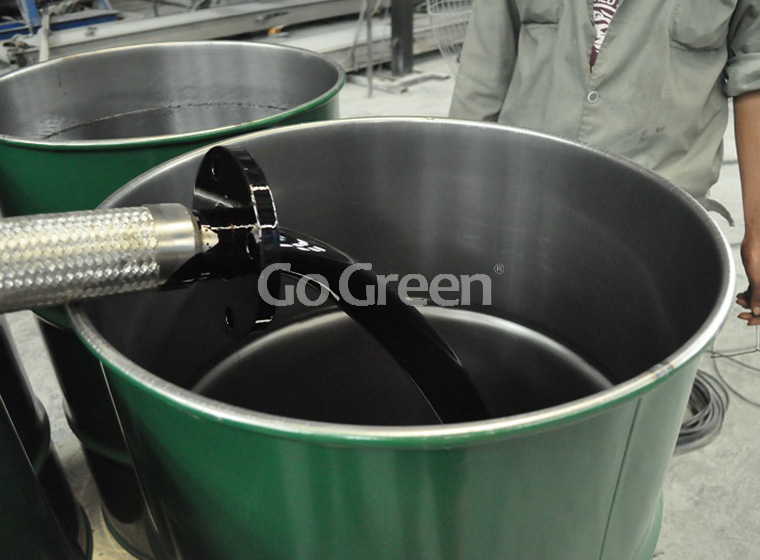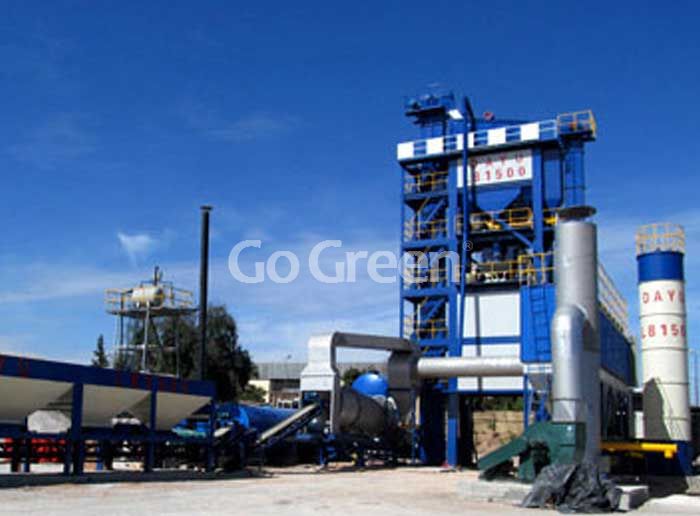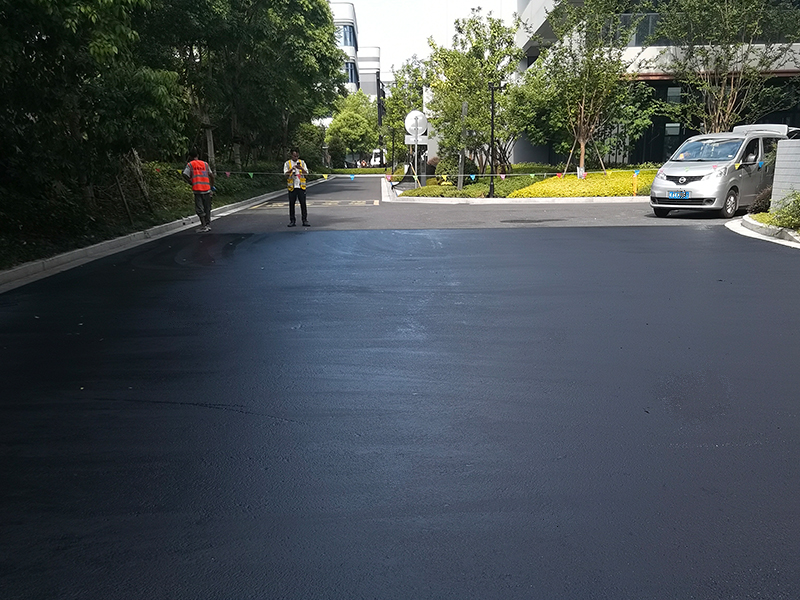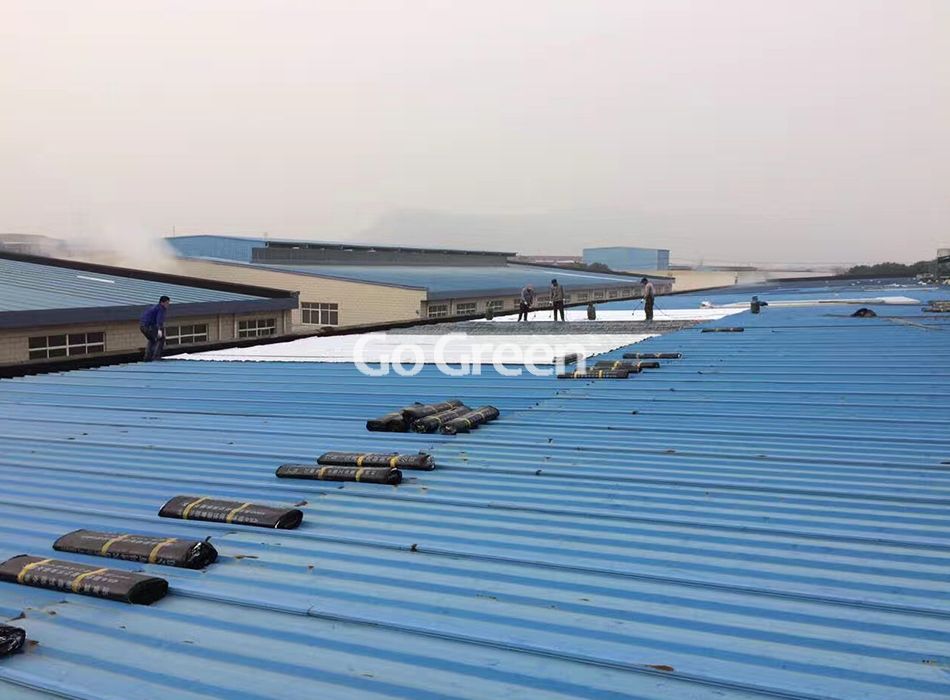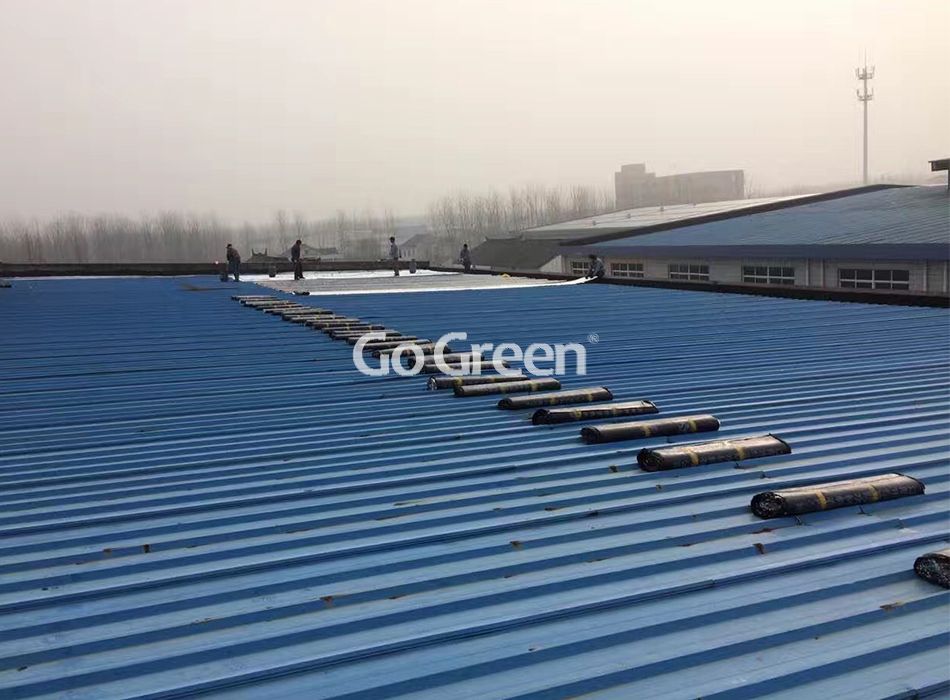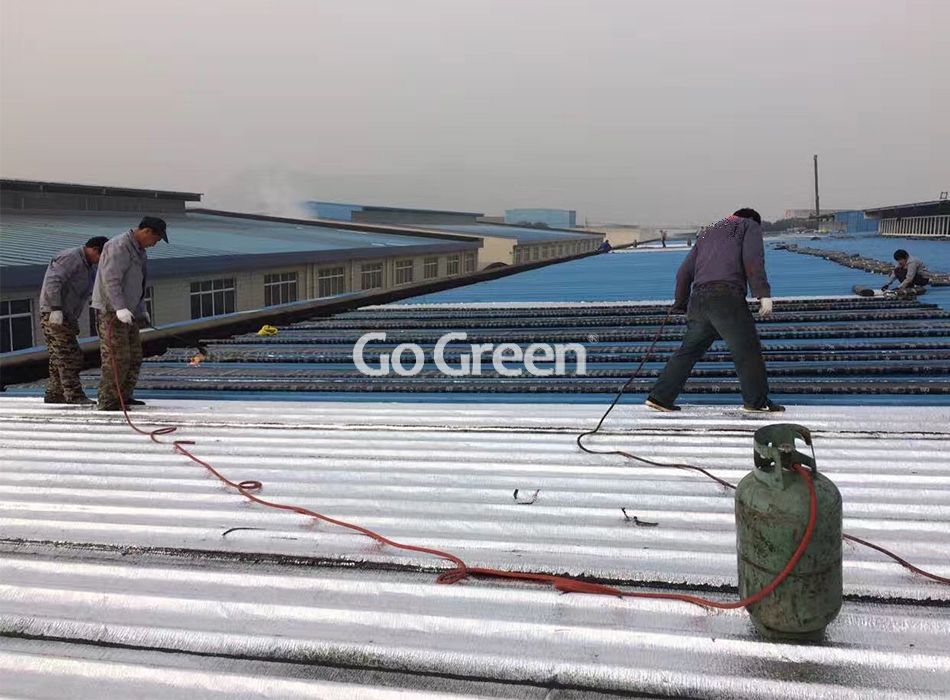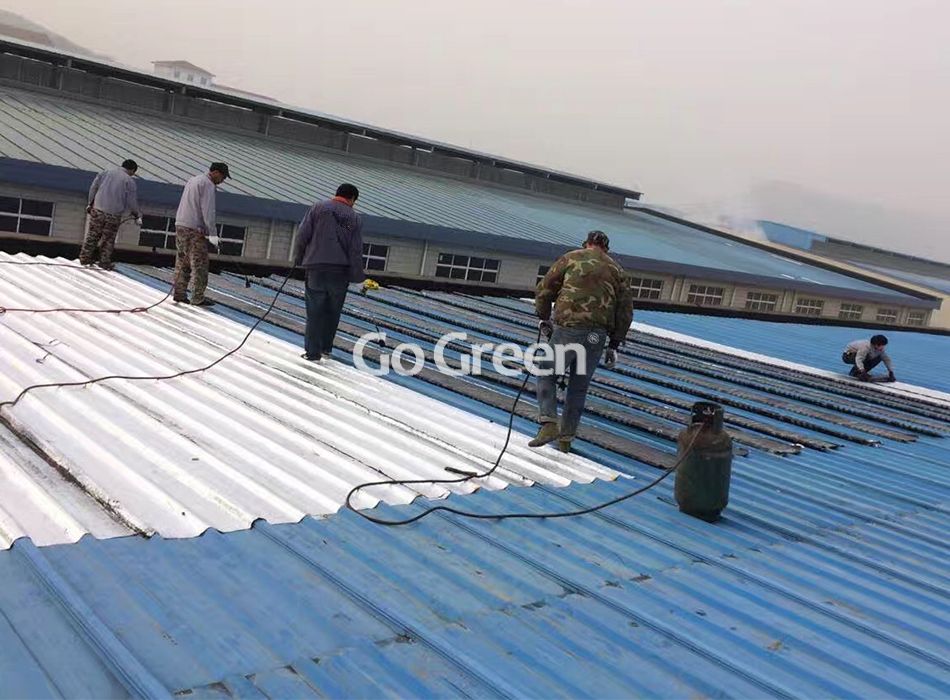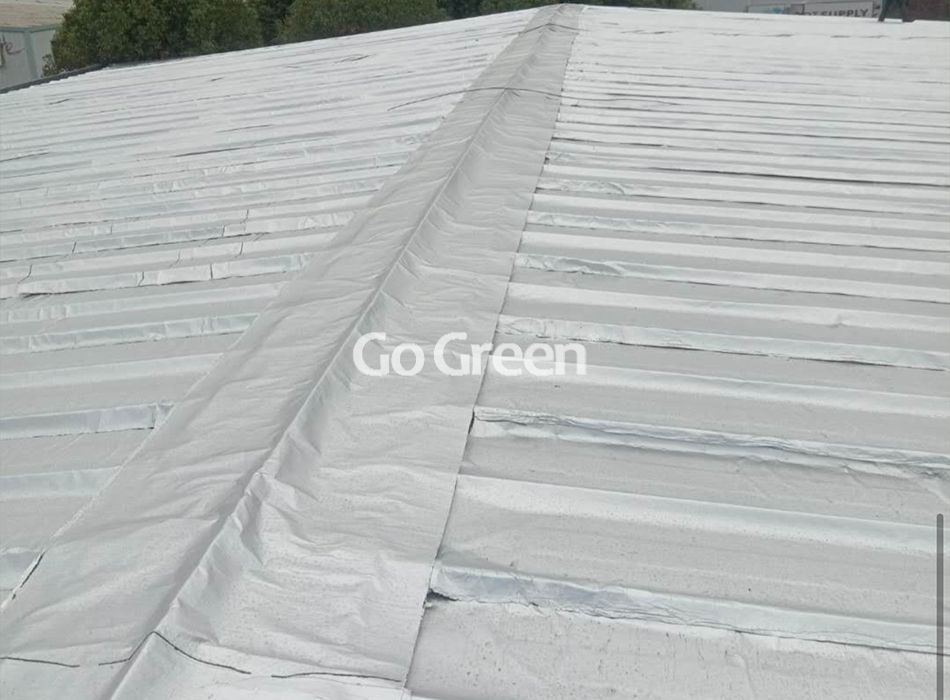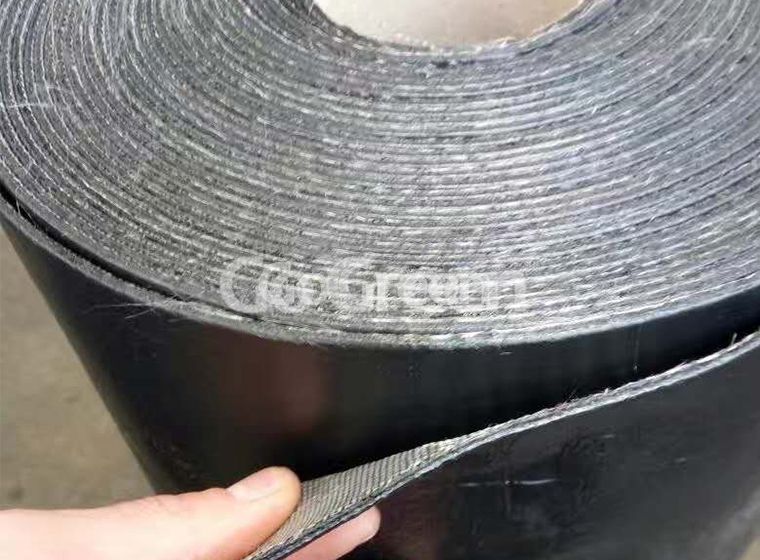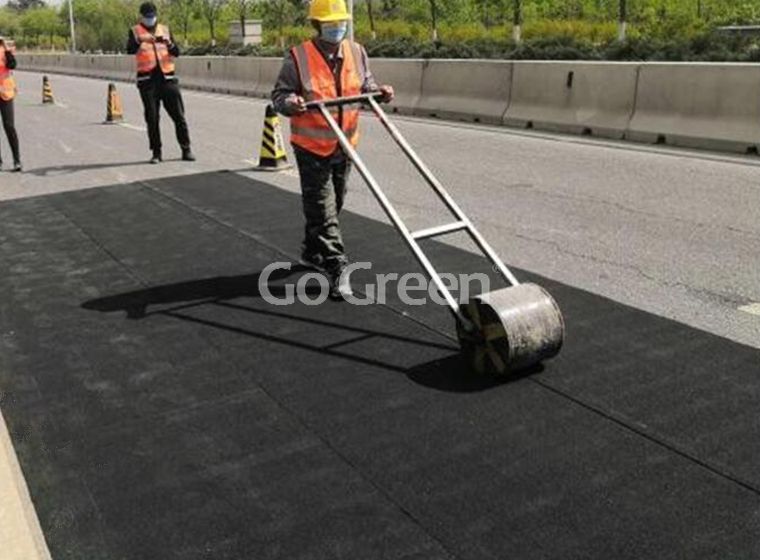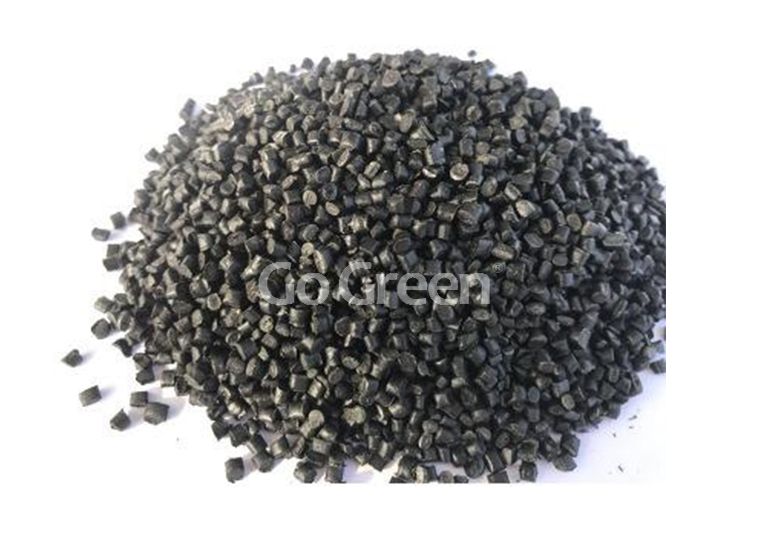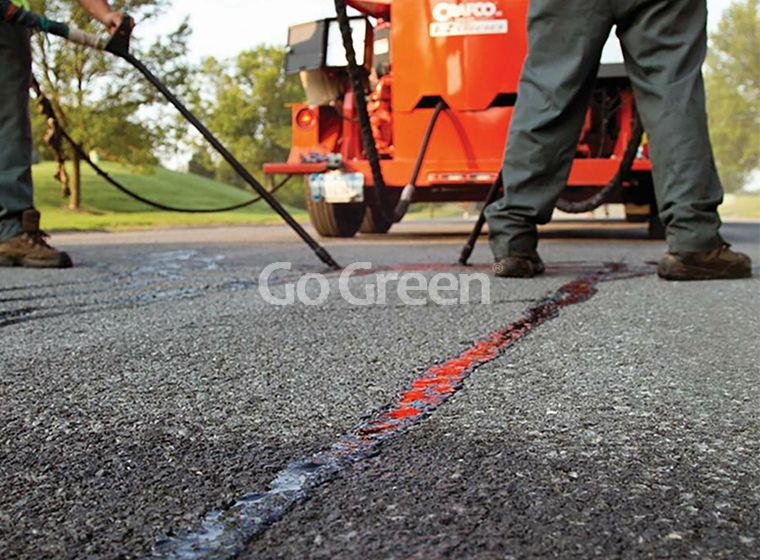Go Green SBS elastomer modified asphalt waterproof membrane is made of polyester felt, glass fiber felt, glass fiber reinforced polyester felt as the base, styrene butadiene styrene (SBS) thermoplastic elastomer as the petroleum asphalt modifier, and is covered on both sides with isolation materials. It is a waterproof membrane with uniform thickness standards. It has a wide range of applications and high recognition, and is particularly suitable for low temperature or cold areas.
SBS elastomer modified asphalt waterproof membrane has aluminum film and high-temperature film to choose from according to the climate environment and project requirements:
-In tropical areas, it is recommended to use composite metal aluminum film to achieve the effect of reflection and heat insulation;
-In other areas, it is recommended to use high-temperature film, that is transparent film which can appear the asphalt black color.
Product Features:
1. Wide application range, excellent high and low humidity resistance.
2. Good sealing performance, hot melt construction is convenient and mature, the material is easy to oil out, and the overlapping parts are melted and sealed to form an excellent overall waterproof effect.
3. The product has stable performance and uses high-quality SBS modifiers to effectively improve the temperature sensitivity of asphalt, improve stability, and greatly extend the service life.
4. High strength, using high-quality polyester long fiber tire base cloth as a reinforcement layer, effectively improving the strength of the coil, so that the coil has the characteristics of puncture resistance, tear resistance, and rupture resistance.
5. Good and strong impermeability can resist underground dynamic water pressure for a long time (0.3MPa).
6. Suitable for structural deformation and cracking, large elongation.
Product categories and specifications:
Performance | I Type | II Type |
Thickness | 3mm | 4mm |
Length | 10m | |
Width | 1m | |
Main performance indicators: Implementation standard GB18242-2008
No. | Testing Item | Index | ||
I | II | |||
PY (polyester) | PY (polyester) | |||
1 | Soluble matter content | 3mm | 2100g/m2 | |
4mm | 2900g/m2 | |||
2 | Heat resistance | ℃ | 90 | 105 |
≤mm | 2 | |||
Experimental phenomenon | No flow, no dripping | |||
3 | Low temperature flexibility/℃ | -20 | -25 | |
No crack | ||||
4 | Non water permeability 30min | 0.3MPa | 0.3MPa | |
5 | Pulling force | Maximum force/(N50mm≥) | 500 | 800 |
Experimental phenomenon | During the stretching process, there was no cracking of the asphalt coating layer in the middle of the specimen or separation from the tire base | |||
6 | Elongation | Maximum elongation %≥ | 30 | 40 |
7 | Oil permeability | number≤ | 2 | |
8 | Thickness of asphalt coating layer on the lower surface of the coil mm≥ | 1.0 | ||
Application Range:
Industrial and civil building roof and underground waterproofing, moisture-proof engineering and waterproofing of indoor swimming pools, fire pools and other structures, subways, tunnels, integrated pipe galleries, landfills, sewage treatment, canals and other municipal water conservancy facilities.
SBS Waterproof Membrane Construction:
1. Construction tools: gasoline blowtorch, pulley, brush, press, scissors, tape measure, broom, etc.
2. Base treatment: The base is a cement mortar flat layer, the base must be solid and flat without looseness, bulging, raised surface or roughness, otherwise it must be treated.
3. The base must be dry, and the moisture content is required to be within 9%. When testing, place a roll of material on the surface of the base. After 3-5 hours, if there is basically no water droplets on the lower surface, construction can be carried out.
4. Before construction, carefully clean the cement mortar residue, dust and debris on the surface of the base, and then apply the primer. It is required to apply evenly at once, and dry for more than 8 hours (depending on the temperature, it is better not to stick to the feet). The general dosage per square meter is 0.2-0.3kg.
5. Treatment of complex parts: The corners should be made into an eight-shaped shape. Additional layers should be made for the parapets, pipe roots, chimneys, exhaust holes, downspouts, expansion joints and other corners. The width is generally 30cm and the overlap is 6-8cm.
6. Coil membrane paving: Before paving the coil membrane, first measure the waterproof area to be constructed, and then use the materials reasonably according to the material size. Start paving from the lowest position. First, put the coil in the right position, leaving 8cm joints on the long side and 10cm joints on the short side. Then light the blowtorch and aim at the bottom of the coil and the surface of the base layer to heat evenly at the same time (the blowtorch nozzle should be about 30cm away from the surface of the coil). After the surface of the coil is melted, roll the coil forward and compact it. It is better to press out the melted asphalt at the joint part. Do not roll in air and objects during rolling, and prevent deflection, bulging and wrinkling. Finally, use a blowtorch and a press to seal the joints evenly and carefully to prevent warping.
7. Labor protection and safety protection: During transportation and construction, the coiled materials should be protected from being scratched or punctured by hard objects. After construction, they should not be trampled at will, and they should be protected during use. Wear gloves during construction to avoid burns and scalds. Inflammable items such as gasoline barrels and coiled materials should be stored separately and away from fire sources to prevent fire and work-related accidents.
1m width x 10m length per roll
Thickness is 3mm or 4mm

